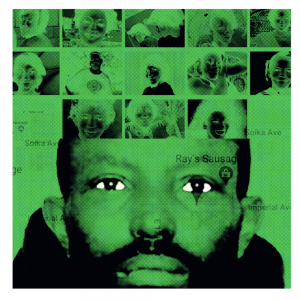
Anthony Sowell, a former US Marine, was not at home when officers knocked on the door of 12205 Imperial Avenue, Cleveland, Ohio, on October 22nd, 2009, but they had a warrant so they entered the premises anyway.
Inside, they found two bodies on the living-room floor.
A search team discovered four more victims in the crawl space under the house and in the basement. An additional four were found in the back yard, along with a human skull in a bucket. That made 11 victims in all. Each of the victims had been bound hand and feet, wrapped and tied in black plastic.
Police Lieutenant Thomas Stacho, leading the search, said: “It was such a disgusting sight. I can tell you I stood outside the home for about an hour yesterday, and the stench from inside was overwhelming.”
Neighbours had often complained about the smell from the house. One had even said it smelled like a dead body.
Sowell was picked up two days later, walking down the street. At first, he denied who he was but he came quietly in the end.
The victims had been bound and strangled. Predictably the press bestowed on Sowell the nickname The Cleveland Strangler. Three more rape victims emerged to give testimony, having been too terrified to make a report before Sowell’s arrest.
The number of victims – 11 – raised questions about the underbelly of Cleveland life. How could it have been so easy for these women to simply disappear? Vulnerable, helpless, addicted to drugs, depressed and with health issues – was there no one to stick up for them?
